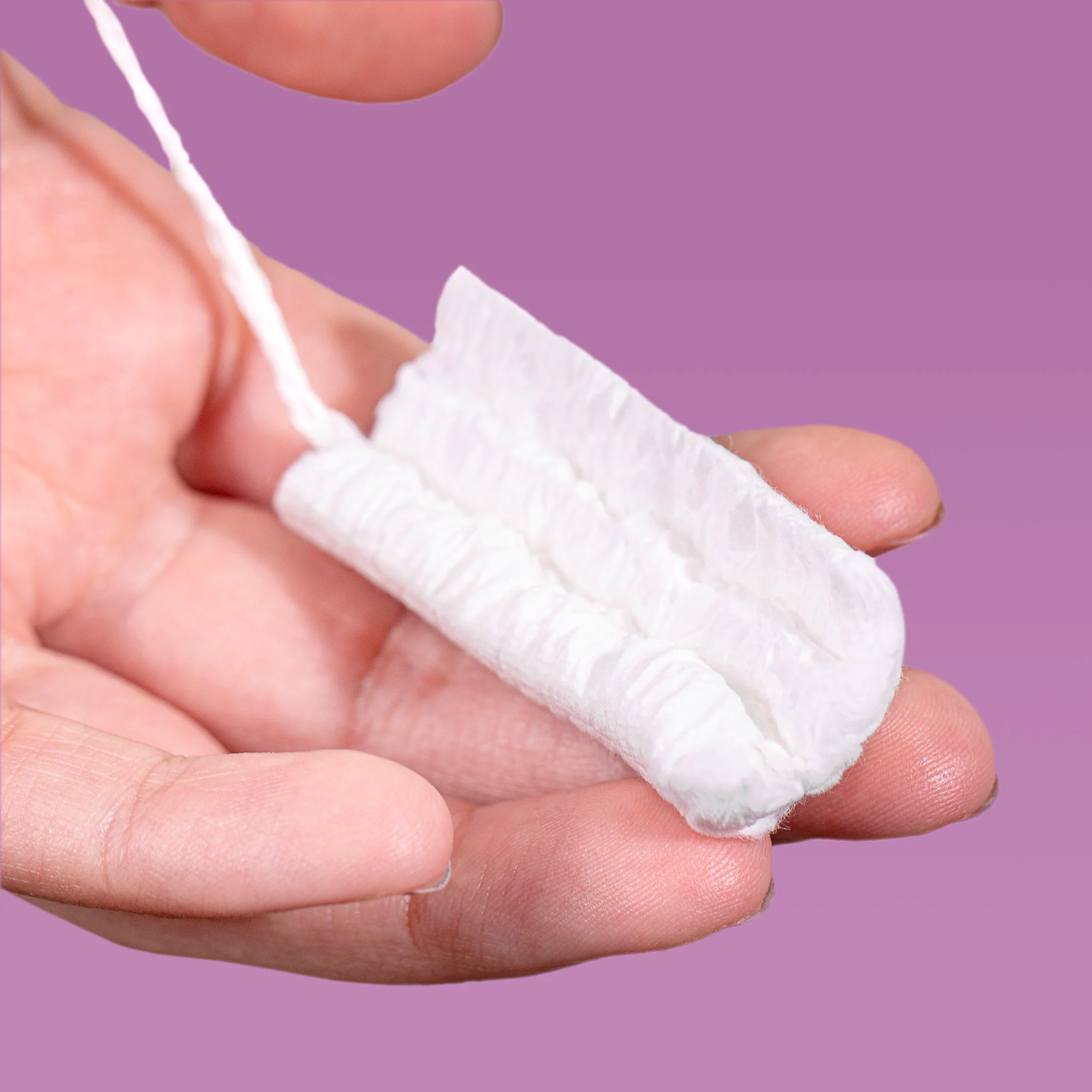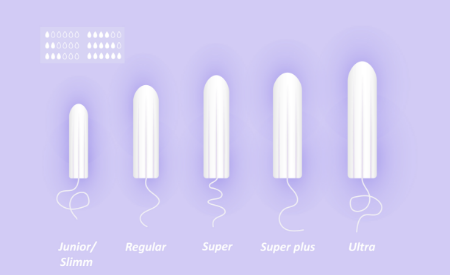For millions of women around the world, tampons are an essential part of their menstrual hygiene routine. But have you ever stopped to wonder what these seemingly simple, absorbent tubes are actually made of? The answer might surprise you. In this article, we’ll look into the world of tampons, exploring the various materials used in their construction and unveiling the science behind their absorbency.
From natural fibers like cotton to synthetic polymers like rayon, we’ll uncover the key ingredients that make tampons work, addressing common concerns and providing valuable information for informed choices about your menstrual health.
What Are Tampons Made Of?

Tampons are an essential menstrual product used by women around the world. Understanding what tampons are made of is crucial for making informed decisions about our bodies and the environment. In this section, I will discuss the different materials used in tampons, including cotton, synthetic fibers, and organic options.
1. Cotton Tampons
Cotton is one of the most common materials used in tampons. It is a natural material that is soft, absorbent, and breathable. Cotton tampons are generally comfortable to wear and can be a good choice for those with sensitive skin.
However, it’s important to note that cotton tampons may not be as absorbent as other materials like rayon. This means that they may be more prone to leaking. So, if you have a heavier flow, you may want to consider using tampons made from alternative materials.
2. Synthetic Tampons
Synthetic tampons are typically made from materials like rayon, polyester, or polyethylene. These materials are synthetic fibers that are designed to be highly absorbent. Synthetic tampons can provide excellent leak protection and are often preferred by those with heavy menstrual flow.
However, it’s essential to be aware that synthetic materials can be a common cause of irritation and discomfort. Studies have shown that 15% of women’s OB/GYN visits are due to irritation caused by menstruation care products, with synthetic fibers being a primary culprit. The shedding of these fibers can leave residue in the vagina, leading to irritation.
3. Organic Tampons
Organic tampons have gained popularity in recent years due to their focus on natural and eco-friendly materials. These tampons are typically made from 100% organic cotton, unlike regular tampons, which may contain a blend of rayon and non-organic cotton.
Organic tampons offer several benefits. They are usually unscented, making them suitable for women with sensitive skin. Additionally, they are often bleached with peroxide instead of chlorine, reducing exposure to harmful chemicals.
When it comes to organic tampons, it’s important to note that not all brands are created equal. Some organic cotton tampons may still shed fibers. However, there are brands, like DeoDoc, that have developed 100% organic cotton tampons with a special cotton netting to prevent shedding and ensure a safe and irritation-free period.
Choosing the Right Tampons

1. Consideration Factors
When it comes to choosing tampons, there are a few factors to consider. These factors will help you find the tampons that best meet your needs in terms of comfort, absorbency, and leak protection. Here are some things to keep in mind:
- Flow: Your flow will determine the absorbency level you need. If you have a light flow, mini or small tampons will be sufficient. For a heavier flow, normal or super tampons will provide better protection.
- Comfort: Comfort is essential when using tampons. Look for tampons that are designed to expand widthwise, as this will provide a more comfortable fit. Additionally, consider tampons with a plant-based applicator for a smoother insertion.
- Ingredients: Reading the label is important when choosing tampons. Look for tampons made from organic cotton that are chlorine-free and non-applicator. These options are free from potential chemicals and allergens that can cause irritation.
2. Reading the Label
Being informed about the ingredients in tampons is crucial for making the right choice. When reading the label, here are some key things to look for:
- Ingredient transparency: Seek tampons that provide full ingredient transparency. Knowing exactly what goes into the tampon will help you make an informed decision.
- Organic cotton: Look for tampons made from 100% purified organic cotton. Organic cotton tampons are free from pesticides, chemicals, and toxins, making them a safer choice for your intimate hygiene needs.
- Safety certifications: Consider tampons that have been independently certified for safety. Certain organizations, like Made Safe, screen products for potentially harmful ingredients and certify those that are safer for human and ecosystem health.
By considering these factors and reading the label carefully, you can choose tampons that align with your comfort, health, and environmental preferences. Remember, the choice is yours, and by staying informed, you can make decisions that are right for you.
Frequently Asked Questions
What materials are used in tampons?
Tampons are typically made from materials such as cotton, synthetic fibers, or organic options.
Are synthetic fiber tampons safe to use?
There is no evidence to suggest that synthetic fiber tampons are unsafe to use. However, some individuals may prefer to avoid them due to potential concerns about chemicals and toxins.
Can tampons cause health issues?
There is no scientific evidence to support the claim that tampons cause ovarian cysts or HPV. However, it is important to prioritize personal comfort and health by choosing tampons that align with individual preferences.
Do tampons contain microplastics?
Some tampons have been found to contain synthetic plastics, which may release microplastics. It is advisable to choose tampons that prioritize full ingredient transparency and independent certifications for safety.
By being informed about the materials used in tampons, potential health concerns, and ingredient choices, individuals can make decisions that align with their comfort, health, and environmental preferences.
I am a medical student with experience and interest in Women’s health and well-being.